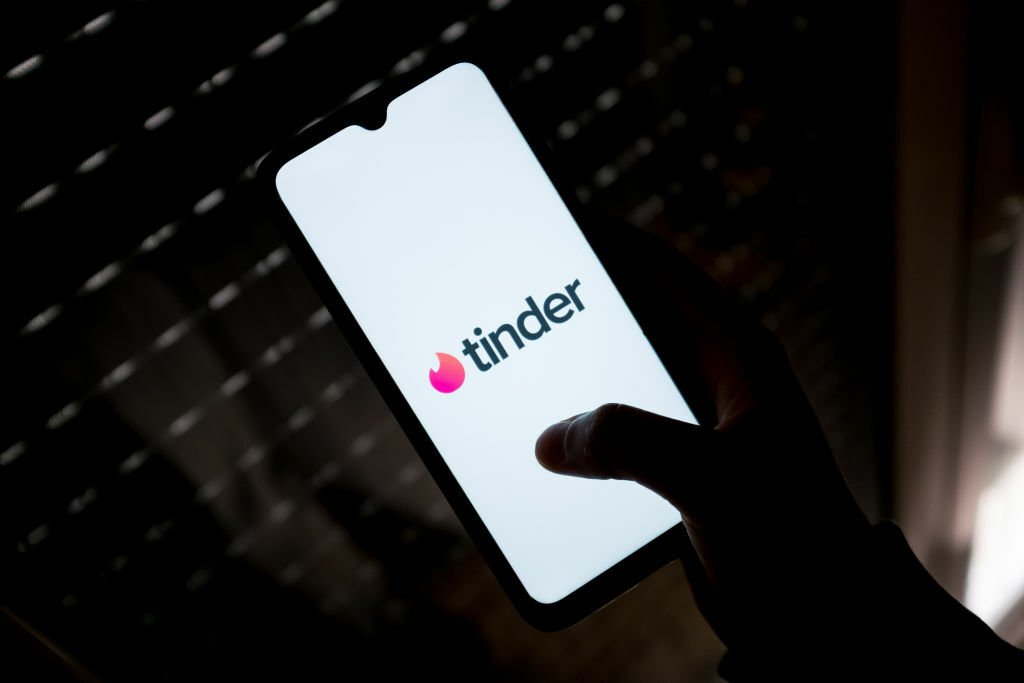
The biggest dating app in the world is losing some ground, at least partially due to the habits of young folks.
That’s one of the main conclusions to be drawn from a Friday Financial Times report. The British economic newspaper reported that Tinder downloads dropped 5 percent in 2021, while competitors like Bumble maintained growth in the same area, per market research conducted by the app data firm data.ai. Tinder CEO Gary Swidler told FT that new user sign-ups “have not returned to pre-pandemic levels.”
While there’s no hard demographic data regarding user ages to draw from, FT’s reporting suggested that Gen Z’s falling interest in Tinder could be to blame for the app’s slow fall from grace. It still had tens of millions more downloads than second-place Bumble last year, but one of those apps is losing steam while the other is gaining it. Tinder’s former CEO Renate Nyborg left the company just a few weeks ago.
Swidler told FT that “a lot of older people” use the app and that attracting younger users would be key to rebounding.
Flailing attempts at innovation to attract new users haven’t helped matters, either. Around the time Nyborg left, Tinder postponed plans to offer an in-app “Tinder Coins” currency and scaled down its efforts at creating dating spaces in the metaverse. Perhaps Gen Z isn’t particularly enticed by the notion of dating with a VR headset on.
While Tinder is still quite popular, it stands to reason that eventually it would lose some momentum, as all trendy apps eventually do. It’s been around for a decade and as the internet becomes the domain of a younger generation with different expectations and standards, it makes sense that young people would look elsewhere to make connections with each other.
As for those of us old enough to remember when Tinder was new, we’ll just go feel incredibly old in the corner. Don’t mind us.
